
30-05-2020 by Leni Frau
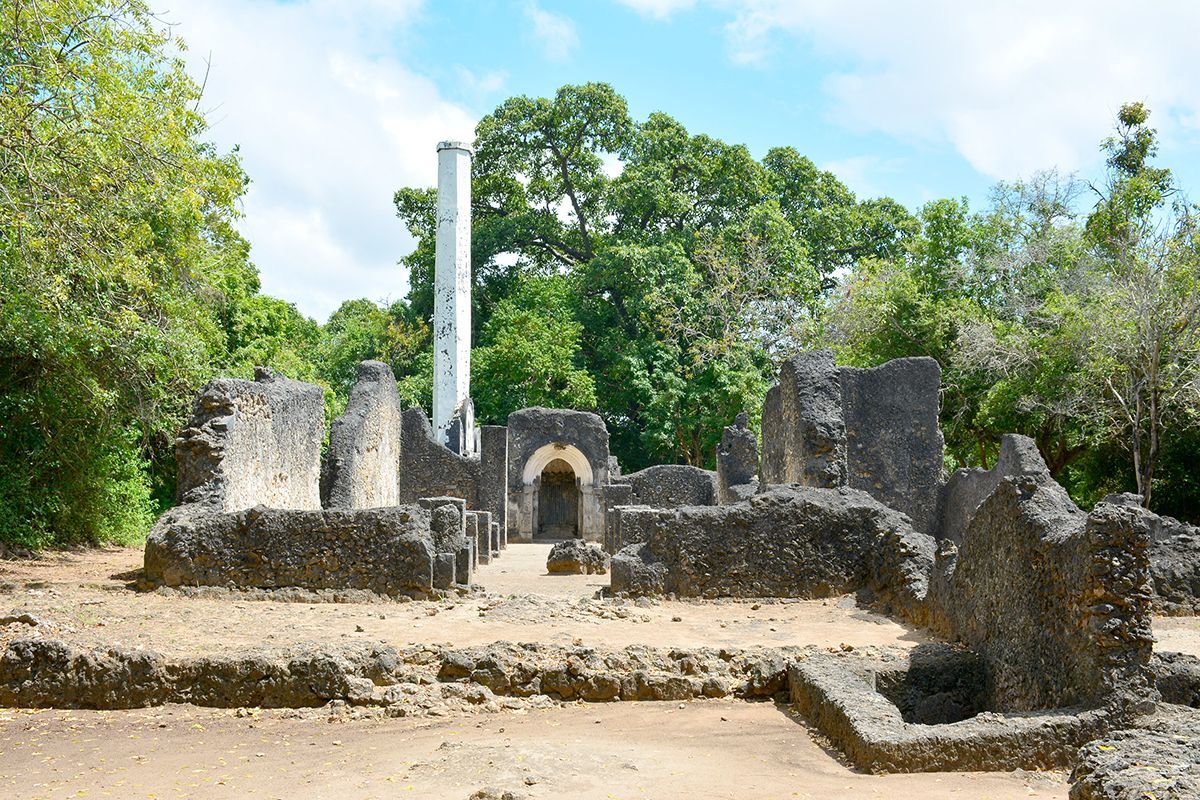
There’s an ancient story, two hundred metres from the tall bridge over Kilifi creek, along the Mombasa-Malindi highway, on the southern bank of the creek, just where the old ferry landing stage is.
On the top of the hill you can enjoy a view of the Mnarani Creek waters dotted with fishermen’s dhows, tourist boats and its beautiful green mangrove forest perched on the sandy beaches.
Let’s go back almost seven hundred years.
That story starts from an old swahili word: “Mnara” (tower), which in this case refers to a minaret or a religious pillar.
Today the name Mnarani encompasses the whole town around the so-called Mnarani Ruins.
Mnarani Ruins were first gazetted in March 1929 as “Ruins of Mnarani” and later confirmed as monuments. Following subsequent legislations over the years (1935 and 1962) the Ruins are now known as the “Ruins of an Old Mosque in Kilifi”. Now the all area is under the National Museums of Kenya.
Mnarani was an Arab settlement in the 14th century. At that time, traders from Oman used to sail with the monsoon winds from the Persian gulf the Indian Ocean and land on the Kenya coast.
In less than hundred years their business was flourished and Mnarani settlement become the residence of many of them, including fishermen and farmers.
Archaeological evidence shows that the site was eventually destroyed by the Galla in the early 17th century.
It’s said that one of the first Galla (also known as Oromo) attack happened around 16th century, when the fierce and fighting tribe from north eastern countries raided the ancient Swahili settlement after learning that the Arabs had captured their men and women and planned to sell them as slaves overseas.
The frequent attacks were not the only reason of the decline of Mnarani society. Portoguese presence (testify by some dishes found in site) was a serious threat but especially low water supply caused the Arabs to flee and settle in other Coastal towns, which were safe and had good water supply. Some of the farmers and fishermen remain there, but Galla people burn down the village and killed all their cattle. They reign in Kilifi for a short period until Portuguese armed troops chased them away. In 1950, James Kirkman, a british archaeologist found several remnants, including 14 lamps.
Now the ruins are at the top of 107 steps you must climb to get a spectacular view. Chirping birds and the sound of rattling leaves blowing in the breeze from the sea set the ambience. A glance into Mnarani Ruins reveals how was the ordinary daily life in those ancient times.
Among the ruins are remains of a large Friday (or congregational) mosque, a smaller mosque, parts of the town, a gate and several tombs dating to the 15th century, when a reconstruction of the mosque was done after the collapse of the earlier building.
The best-preserved ruin is the Great Mosque, with its finely carved inscription around the mihrab (prayer niche showing the direction of Mecca) with multiple arches and inscribed jambs. Interestingly, the inscriptions on the tombs and the mosques here are written in Persian language, suggesting that the early settlers in Mnarani were Persians from Oman. Only one tomb bears the name of Shaykh Isa Ibn Shayah Nahafah, a written in ancient Arabic. Under the minaret lies the skeleton of the supposed founder of the town. The foundations of the great and smaller mosque, which are located in the eastern tower, are still intact. The mosque comprises six sections: a well where water was fetched and stored in a tank to be used before prayers, a baraza where sandals were placed before entering the mosque, a worship area for women and men, an imams’ changing room and a pulpit, which is known as "kibla" by Muslims. At the ruins also lies a dried up 75-foot deep well and remnants of coral reefs and logs arranged in a conical shape. The ancient Swahilis would burn the logs to produce limestone powder for construction.
Mnarani Ruins has a clean compound and is a perfect spot for picnics and for nature lovers to connect with the past. Not only the mosques, the thick baobab trees and a number of tombs at the Mnarani Ruins in Kilifi are a favourite attraction. In fact, hundreds of people around the world travel to this site, a place where believers pray and offer sacrifices to God. The cool breeze blowing from the Indian Ocean and the scenic, peaceful, beautiful garden at Mnarani ruins makes it the perfect place to relax, meditate or pray. You can feel the mystical aura at the shade of the monstrous old baobab trees on the edge of the bluff and just beyond the walls of the main complex. The largest is a right-royal 900-year-old beauty. Among the Mijikenda, the baobab was a sacred tree where villages made sacrifices to the ancestors and prayed for rain and blessings. Mnarani site also has a Museum and a snake park where local snake species can be viewed. Often, a local guide is available to show you around the ruins.

The one year Membership Card of "Malindi Museum Society" costs only KES. 1000, and is a way for those who gravitates to Malindi, to support the culture and subsidize those who organize exhibitions, meetings and keeps archives and historical libraries small...
PLACES
by redazione
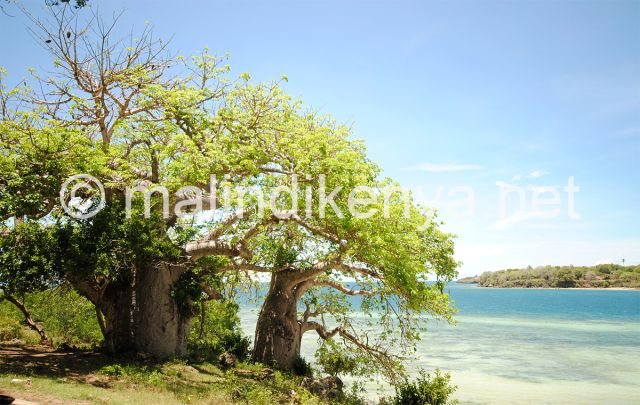
Kilifi is the capital of the county of the same name, but it was never really considered a tourist...
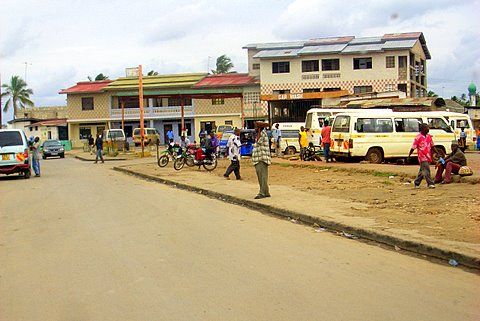
Kilifi is halfway between Mombasa and Malindi, at the outlet of an attractive creek which, for centuries, acted as a safe docking and stopping point for cargo boats. During the british colonialism, also a yacht club was created, the first...
TOURISM
by Leni Frau

Also this year the Maasai Mara is the best reserve of the whole African continent, and Diani Beach is the best beach.
This has emerged from the 2017 World Travel Awards awards in the Africa category.
PLACES
by redazione
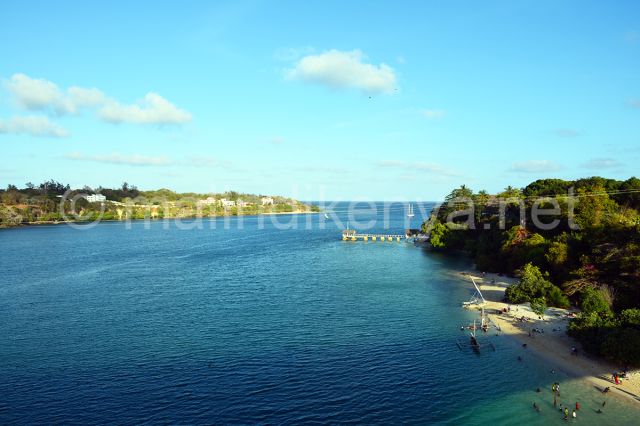
Kilifi is not only the capital of the county of the same name, which also includes Malindi...
TOURS
by redazione

It was called "Jumba La Mtwana", where "jumba" in kiswahili means "home".
It was an Arabic citadel built in the 13th century AD on the banks of the Indian Ocean, not far from the cove of today's Mtwapa, about twenty...
NATIONAL PARKS
by redazione
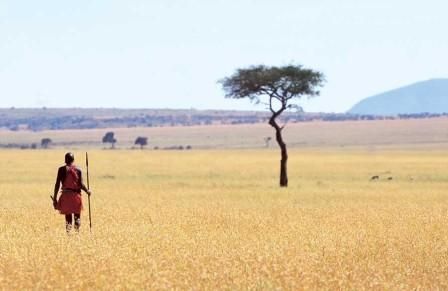
There are 64 parks and national reserves in Kenya, which is the country of the world with the widest variety of animal species in the wildside.
Even the vegetation varies from park to park and with it the microclimate and...
NEWS
by redazione
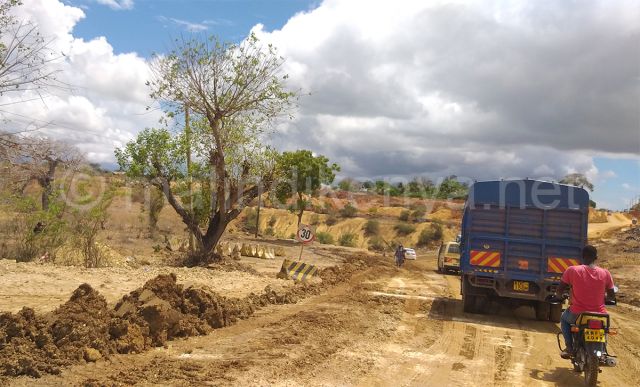
There are major works underway affecting the road system between Mombasa and Malindi. The...
NEWS
by redazione
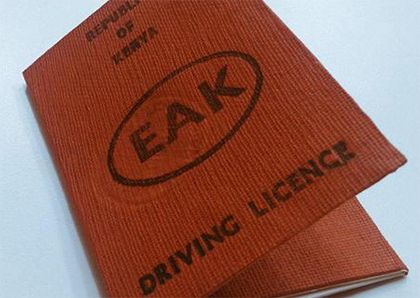
A major turning point in the road network in Kenya. Since May, as he announced the National Transpor and Safety Authority (NTSA) of Kenya, a driver's license is going digital.
NEWS
by redazione
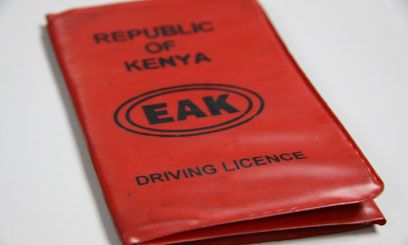
The National Transport Security Authority of Kenya (NTSA) denied in an official note appeared on the National Standard newspaper, that he had sent messages that felt owners of Kenyan licenses to record them completely online by December 31, worth the...
WILDLIFE
by redazione
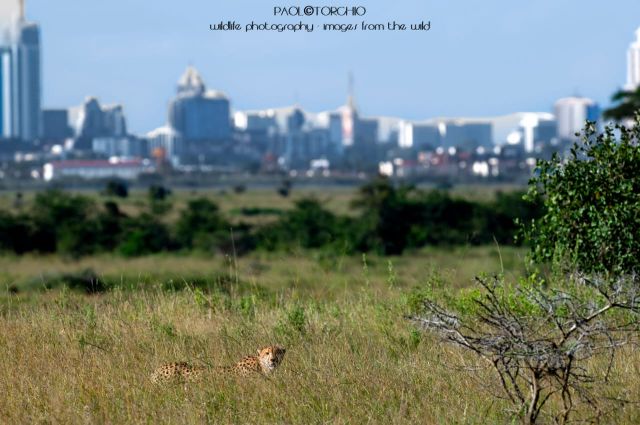
Good news for wildlife in Kenya, and particularly in its capital city, at a time when between climatic woes...
PLACES
by Freddie del Curatolo
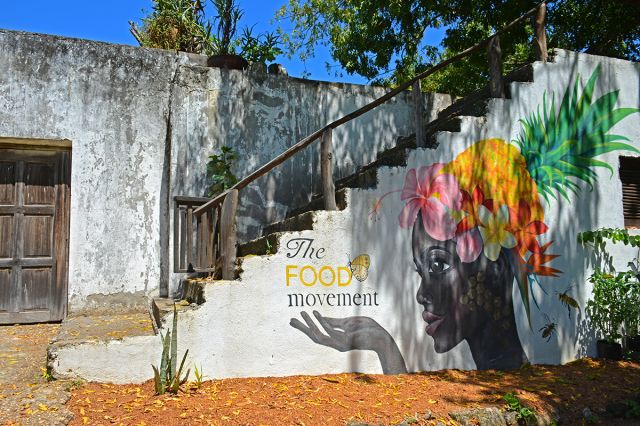
Until 30 years ago, Kilifi was the Happy Valley on the Kenyan coast.
Just...
NEWS
by redazione

A presidential promenade on the canal between Mombasa and Likoni.
Ahead of ...